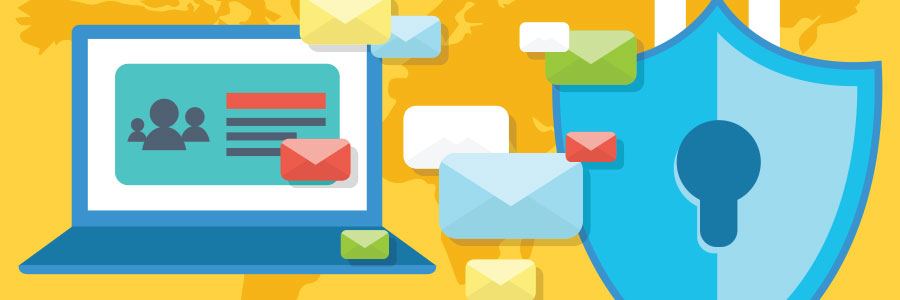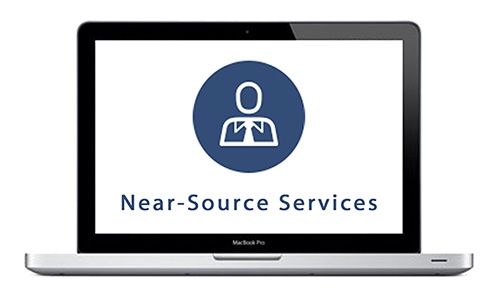Office 365 is a complete cloud solution that allows you to store thousands of files and collaborate on them, too. In addition to its productivity features, Office 365 comes with security and compliance solutions that will help businesses avoid the crushing financial and legal repercussions of data loss.
Learn
Windows 10’s new Fall Creators features

The feature-packed Windows Creators Update might not have made its way into every PC yet, but Microsoft wasted no time in announcing its successor! The Windows 10 Fall Creators Update was announced at the Build 2017 conference and is expected to hit most Windows 10 PCs (including Windows 10 S devices) by September.
How did WannaCry spread so far?
Protect your data from WannaCry

This month, ransomware has taken center stage yet again. WannaCry has already infected thousands of users around the world. In true ransomware fashion, WannaCry holds user data hostage until the victim decides to pay the ransom. What’s more alarming, however, is that the global success of this malware will likely spawn even more potent variants.
Office 365 gets new security tools

Security is, by far, the biggest issue concerning most businesses today. Although safeguards like firewalls and antivirus software are necessary, they’re no longer sufficient in dealing with increasingly sophisticated cyberattacks. Today, companies require multiple layers of security to steer clear of cyberattacks and compliance woes.
Windows 10 is getting a new update schedule
Warning: Do not install “Google Defender”
Boost your SMB’s social media presence

Many small- and medium-sized businesses utilize some type of social media or content marketing strategy. But since your competitors are possibly using similar platforms, you have to constantly find new ways to make your company stand out. Here are some tips to leverage the power of social media and content marketing to your business’s advantage:
Come up with and implement a media crisis management plan
It’s normal for businesses to go through a crisis or two.







